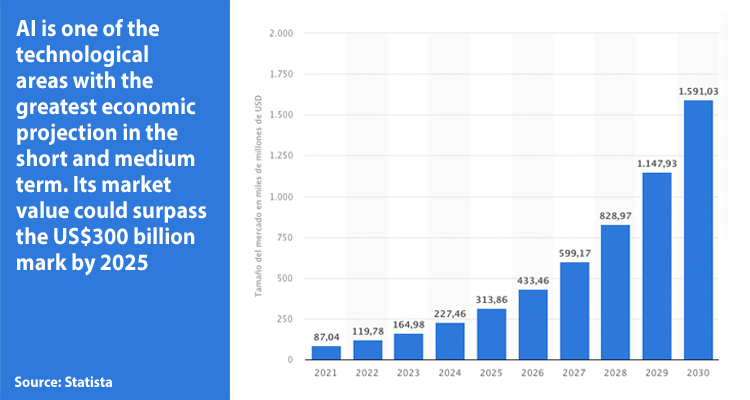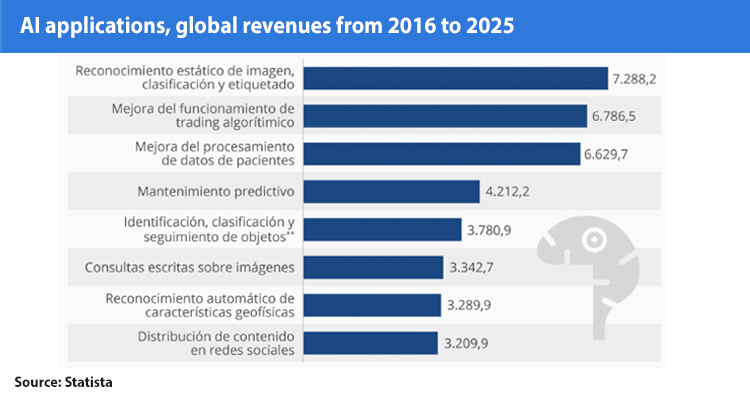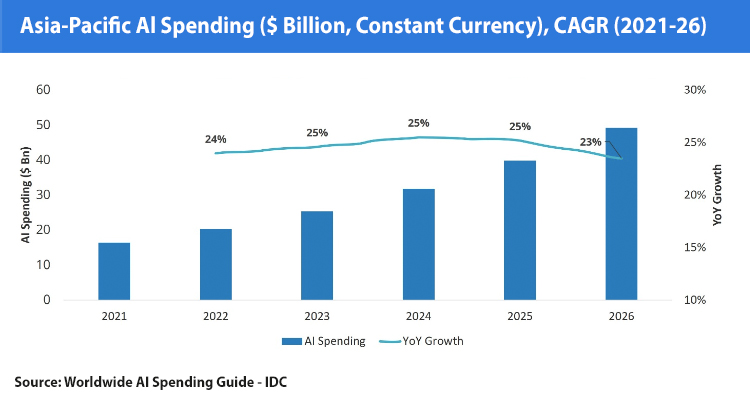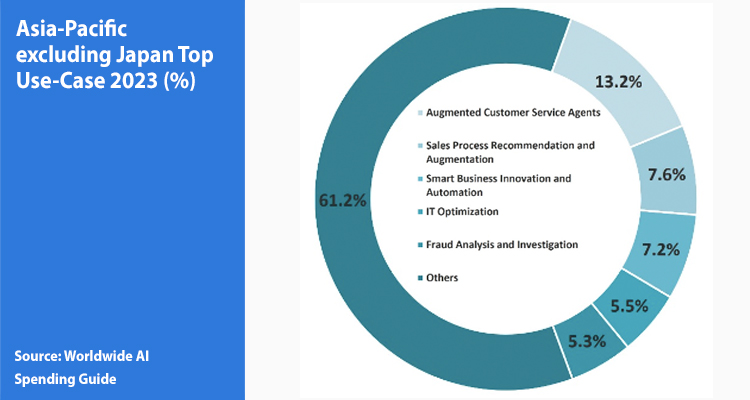While the audiovisual industry is adapting to Artificial Intelligence (AI), so are the new ways of producing. AI poses a risk because of its potential impact on society and employment, but it is expected that it is not intended to replace content professionals or human creativity, but rather to improve the efficiency and quality of their daily work. While it has increasingly sophisticated applications, it still faces challenges.

The constant advance of AI promises to radically change the way we experience and understand the audiovisual and entertainment industry. This opens up new opportunities and challenges for creators, producers and clients. One of the clearest applications is the improvement of content recommendations on streaming platforms. It could also influence the creation of content and scripts, creating more engaging material, by analyzing the most successful and popular content on different platforms. AI-driven voice cloning could change the dubbing industry. This tool can be used to automate processes, generating character and scene animations. In terms of movie planning and distribution, it analyzes demographic and trend data to predict what the next blockbusters will be and optimize movie distribution across different platforms and markets.
‘At last, we have technology that understands us, not the other way around. As our interactions with technology become increasingly natural, computers will be increasingly able to see and interpret our intentions and make sense of the world around us. AI will prove as transformative as the advent of personal computers during the 1980s, the rise of the Internet during the 1990s and the introduction of smartphones during the 2000s,’ said Satya Nadella, CEO of Microsoft at the Asia-Pacific Economic Cooperation Conference.

‘AI will turn out to be the biggest breakthrough of any of the great technological revolutions we’ve had so far. But we must have the necessary safety barriers in place to protect humanity from the existential threat posed by the quantum leaps computers are making’ commented Sam Altman, executive director of OpenAI.
Southeast Asian countries are taking a business-friendly approach to AI regulation, in a setback to the European Union’s push for globally harmonized rules that align with its own strict framework. The Association of Southeast Asian Nations (ASEAN) is working on a «guide on AI ethics and governance,» intended to guide national regulations, to ask companies to take into account countries’ cultural differences, without perceiving unacceptable categories of risk. With nearly 700 million people and more than a thousand ethnic groups and cultures, Southeast Asian countries have widely divergent rules governing censorship, misinformation, public content and hate speech that would likely affect AI regulation.

«If we want AI to be used for good, we must unite on the basic principles of human rights. I don’t think we are too far away that we can’t bridge the gap» commented to Reuters, Alexandra van Huffelen, Dutch Minister of Digitalization.
According to IDC‘s latest Worldwide AI Spending Guide, Asia-Pacific spending on Artificial Intelligence, including software, services and hardware for AI-centric systems, will grow to $49.2 billion by 2026, with a compound annual growth rate (CAGR) of 24.5% from 2021 to 2026.
‘Despite the challenges organizations face in implementing AI solutions, such as cost, AI governance, reliability and shortage of skilled personnel, most organizations say that AI adoption has met their expectations, indicating that investment in AI solutions will continue to continue to grow’ said Vinayaka Venkatesh, senior market analyst, IDC IT Spending Guides, Customer Insights & Analysis.

China ranks first in Asia-Pacific in terms of AI spending, accounting for 58% of total AI spending in the region, which is expected to reach nearly $26.4 billion by 2026 at a compound annual rate of 20.6%. Australia is the second country with the second highest investment in AI solutions, which is expected to reach $6.4 billion by 2026. India is the next leading and fastest country to adopt AI, with a compound annual rate of 34.3% on AI spending of $3.6 billion. South Korea will be the next leading country in AI spending, with a projected $3.5 billion by 2026. Demand for AI-based automation technology to simplify repetitive tasks, AI contact centers to improve customer service and increase business productivity and work efficiency are some of the factors driving the growth of the domestic AI market.
The social and cultural impact is undeniable, as it is making content more accessible, without the need for human resources. The fate of the entertainment industry is inevitably intertwined with the advancement of this new technology.







